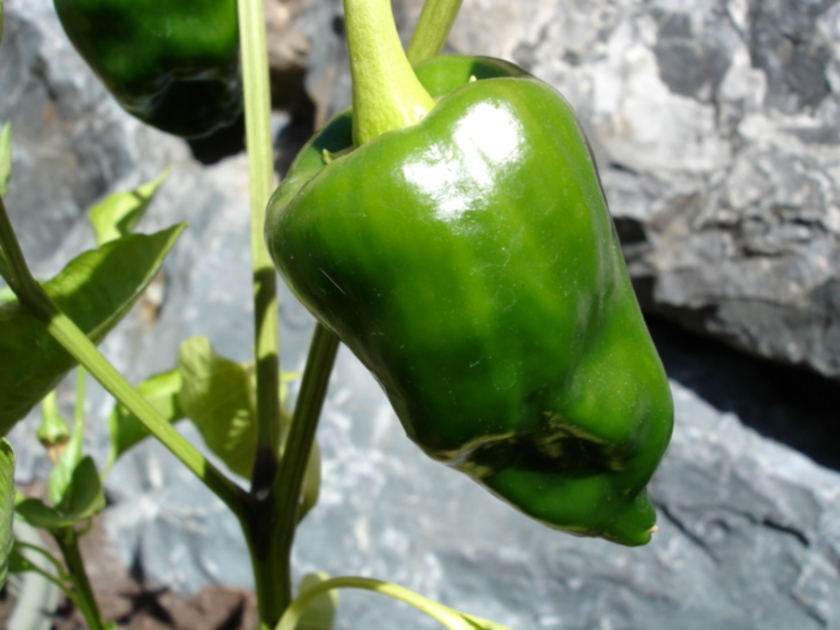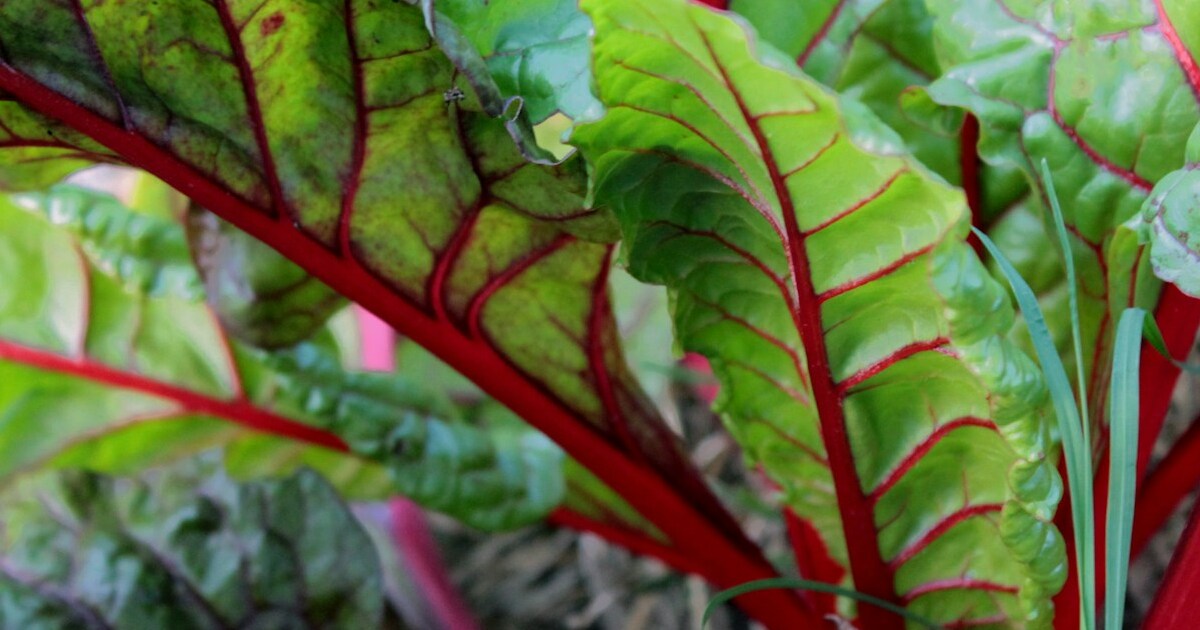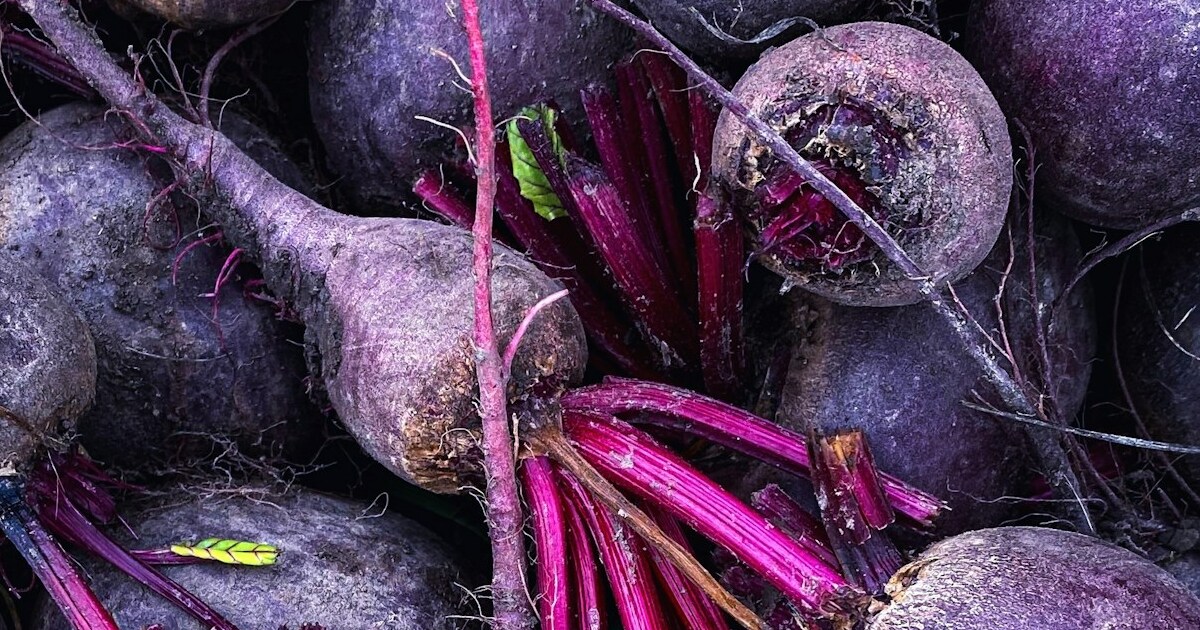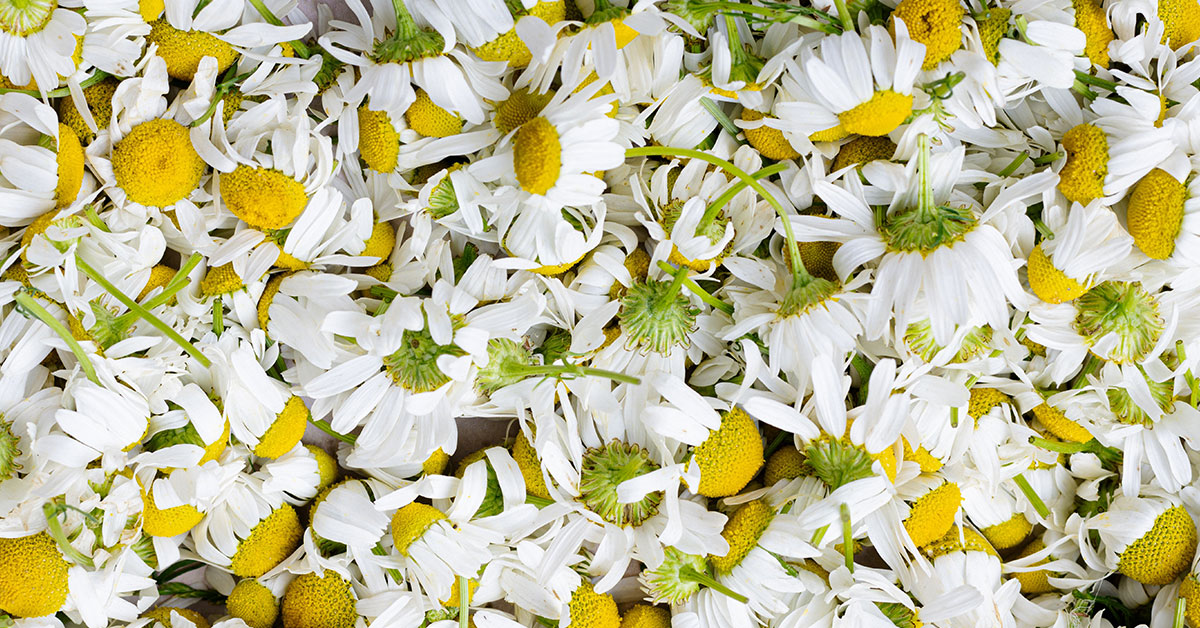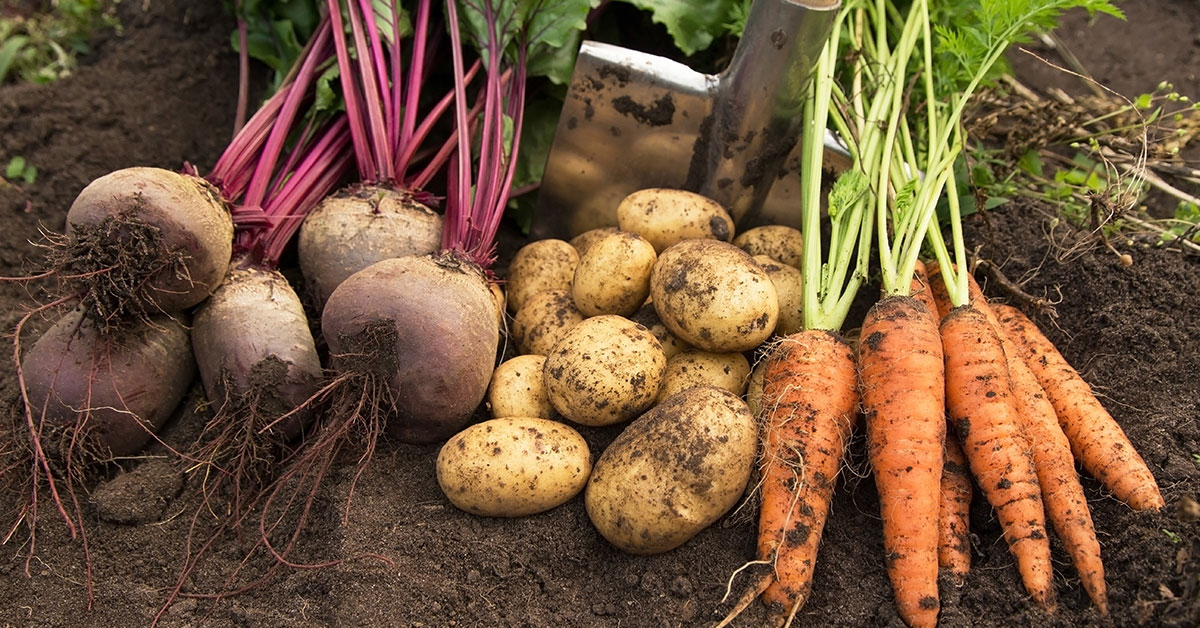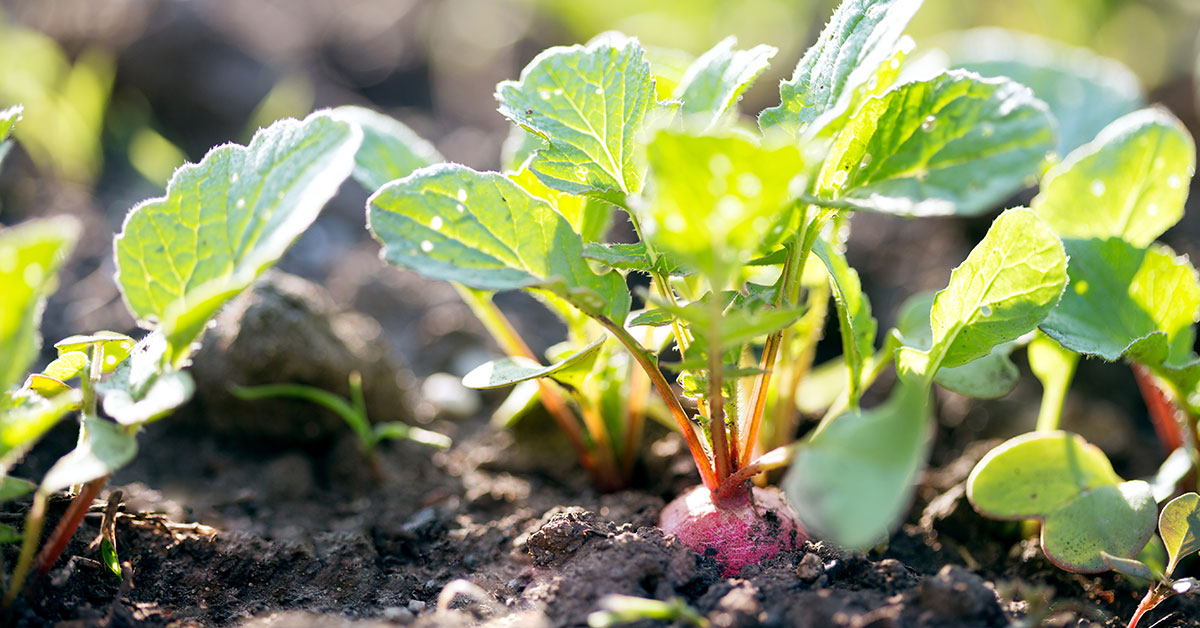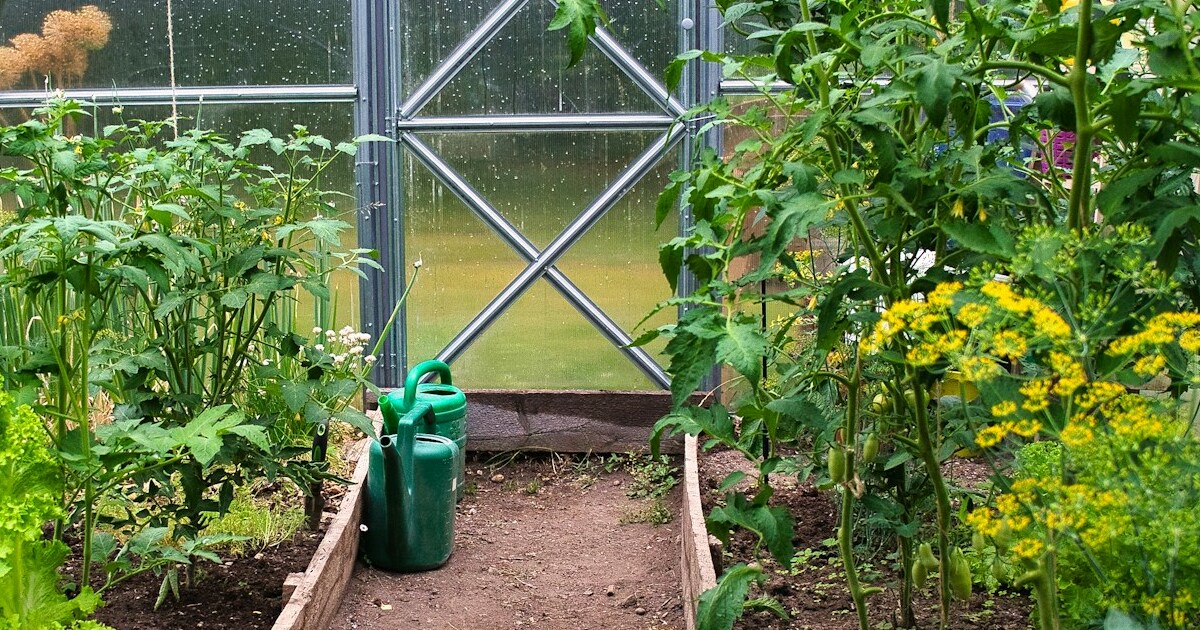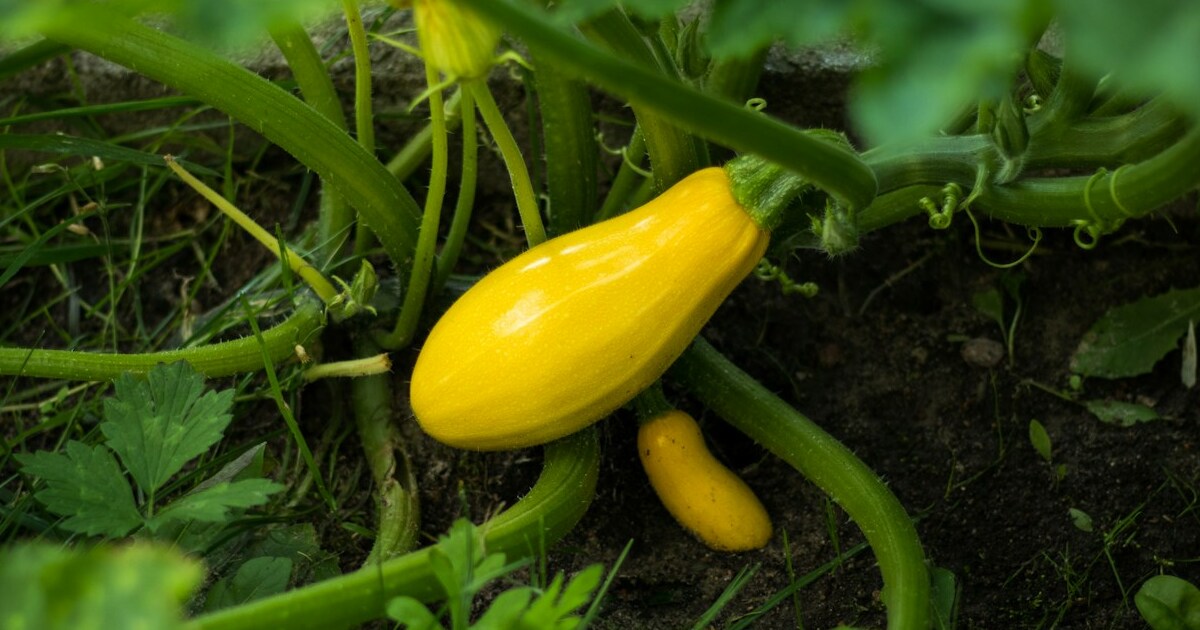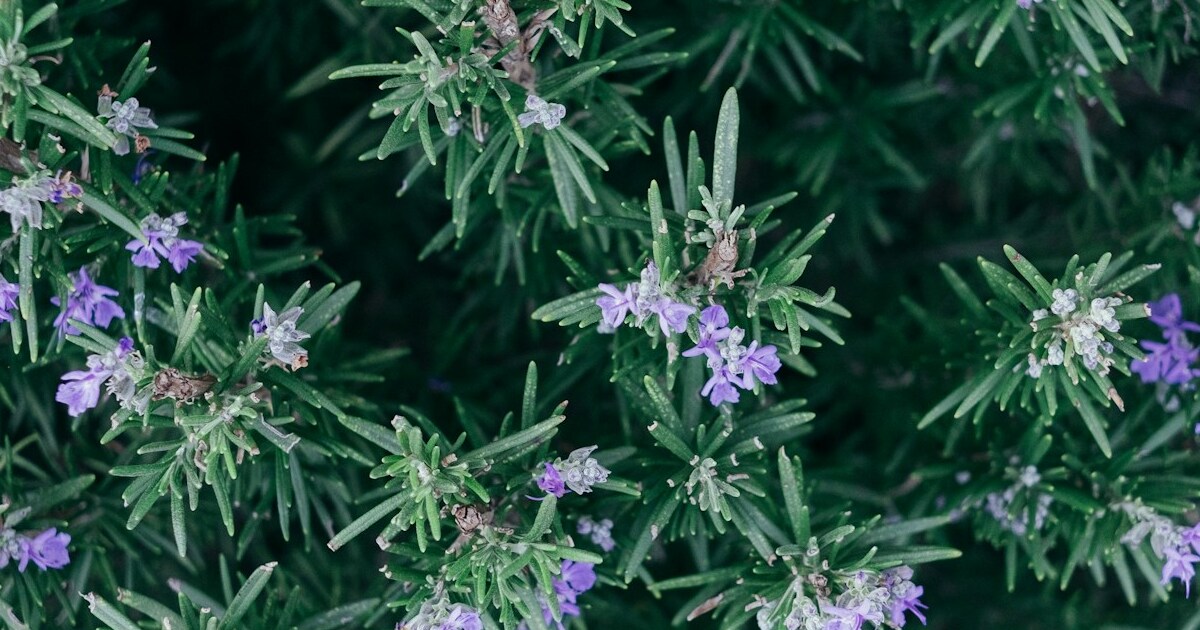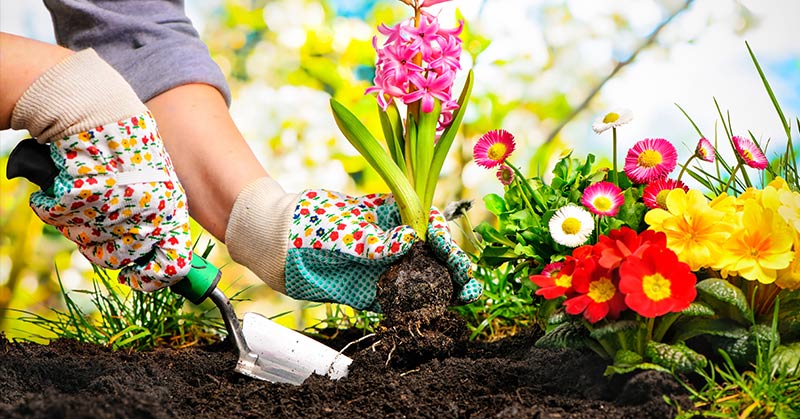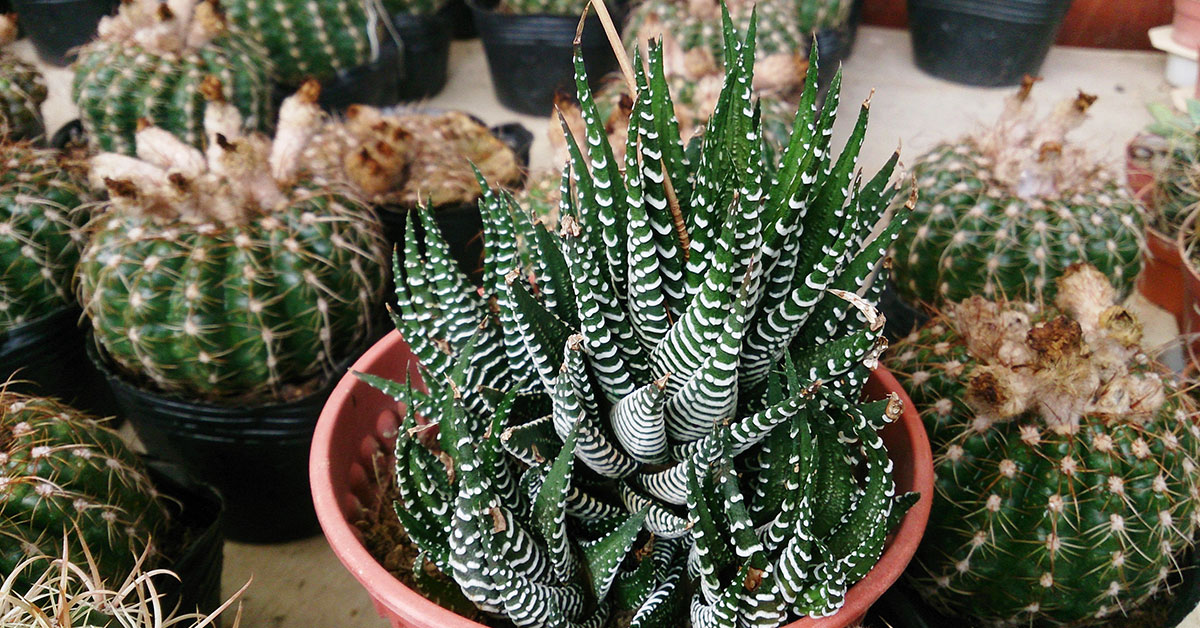Growing poblano peppers is one of my favorite summer pleasures—they hail from the Puebla region of Mexico and bring such depth of flavor to chiles rellenos and salsas! These mild-to-medium-heat Capsicum annuum varieties thrive in warm, sunny gardens, but I know how frustrating it is when blossoms drop or pods stay small. With the right care, your plants will reward you with lush foliage and glossy green fruits that mature to deep red if left on the vine. Let’s dive into 11 essential tips to ensure your poblano patch flourishes, from seed to harvest!
Every step matters—from sowing seeds indoors under warm lights to watching bumblebees buzz around your first blooms. Poblano flowers attract honeybees and solitary ground-nesting bees, which often burrow in the loose soil around pepper beds. Healthy, vigorous plants encourage more pollinator visits, setting you up for a bumper crop. Read on for practical advice, pepper-grower empathy, and a dash of my own gardening excitement!
Harden Off Seedlings

Transitioning tender seedlings directly from the warmth of your windowsill or greenhouse into the garden can cause transplant shock. I’ve felt the pang of disappointment watching pale, wilted leaves on seedlings after one brisk evening outdoors! To avoid this, gradually expose your young poblano plants to outdoor conditions over a week: start with a few hours in dappled shade and increase their time and sun exposure daily.
Hardening off not only toughens stems but also acclimates leaves to wind and fluctuating temperatures, leading to stronger flowering later on. When your blossoms are robust and open, bees and hoverflies will dance across them rather than bypassing soggy or wilted petals—setting the stage for abundant fruit set!
Provide Consistent Watering

Poblanos prefer evenly moist—but never waterlogged—soil. Overwatering suffocates roots and invites fungal diseases like damping-off or root rot. Conversely, underwatering leads to blossom drop and stunted pods, and I know how discouraging it is to return from vacation to find drooping stems!
Aim for deep, infrequent watering, letting the top inch of soil dry between sessions. Mulching (more on that below) helps retain moisture, and well-timed morning watering ensures blossoms are dry by evening—attractive to bees and less hospitable to overnight fungal spores.
Prepare Well-Draining Soil
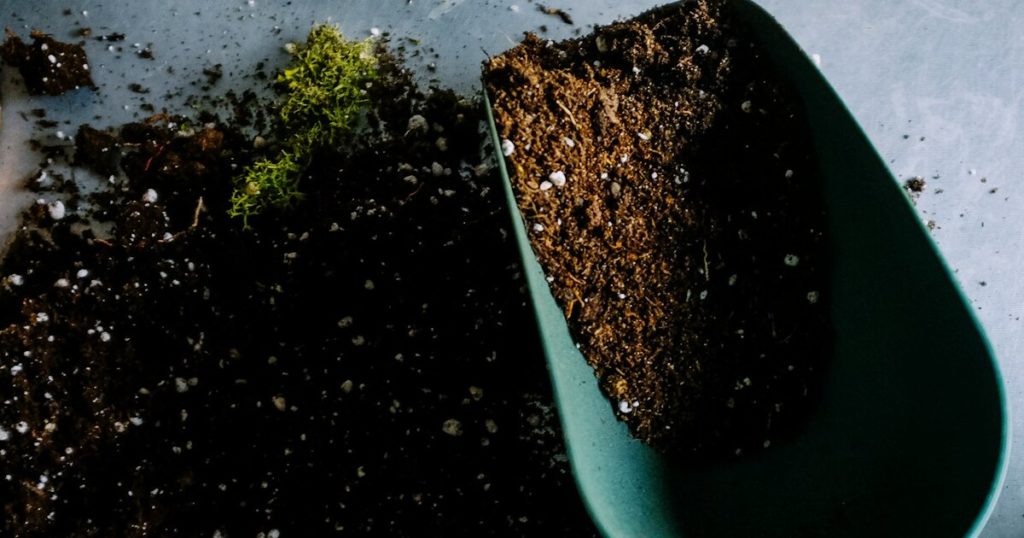
Poblano peppers flourish in loamy, slightly acidic soil rich in organic matter. Heavy clay or compacted beds lead to poor drainage and root stress, hindering plant vigor. I once planted directly into unamended clay and spent the season battling yellow leaves and no flowers—what a bummer!
Before planting, loosen soil to at least 12 inches deep and incorporate plenty of aged compost or well-rotted manure. Good drainage encourages ground-nesting bees to tunnel nearby, and healthy roots mean strong plants that produce more fragrant blossoms to lure pollinators.
Start Seeds Indoors Early
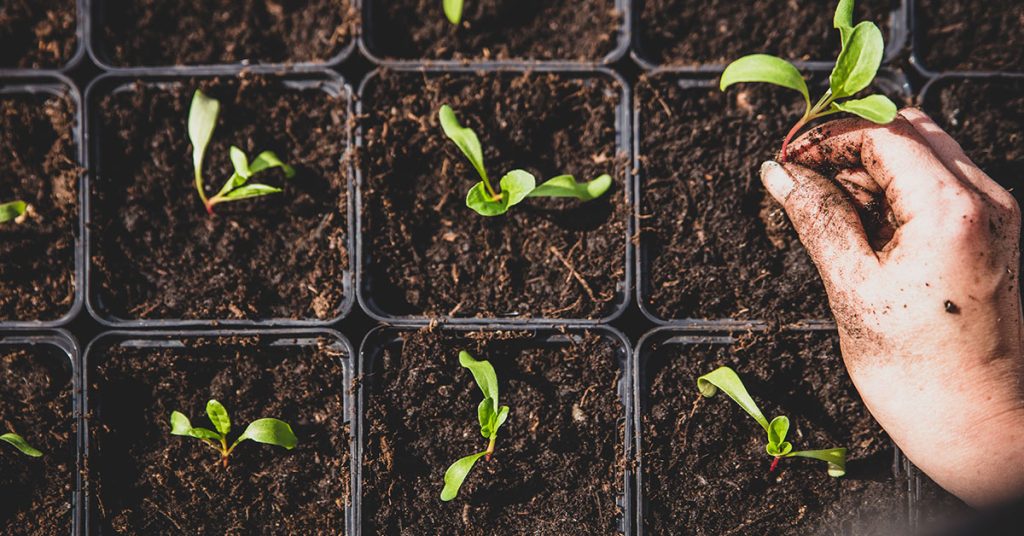
Because poblanos need warm soil to germinate (around 75–85°F), I always start seeds indoors 8–10 weeks before the last frost. This head start yields robust seedlings ready to set fruit quickly once transplanted. It’s such a joy to see those pepper sprouts emerge—like tiny green flags of promise!
Use seed trays with a sterile mix, maintain bottom heat if possible, and keep humidity high until cotyledons unfurl. Vigorous seedlings translate into earlier blooms and, ultimately, more visits from honeybees and bumblebees when flowers open in your garden.
Stake and Support Plants
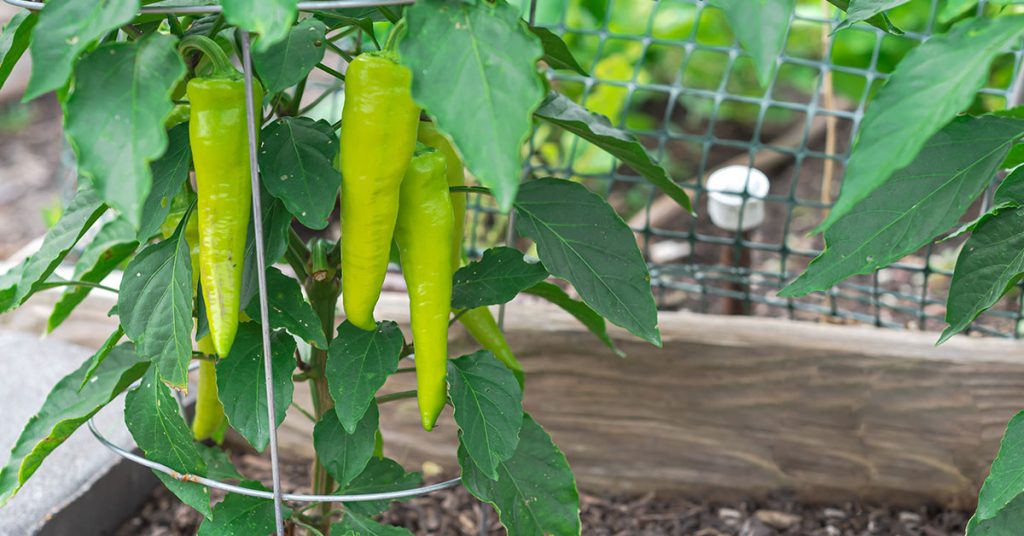
As your poblano plants grow and produce clusters of heavy pods, branches may sag or break—especially after rain or wind. I’ve lost more than one harvest’s worth of peppers when limbs toppled to the ground and rotted!
Gently tie stems to stakes or use tomato cages to keep foliage upright. Upright plants display blossoms clearly, making it easier for pollinators to land and carry pollen between flowers. Plus, supported branches reduce the risk of stem damage and fruit rot.
Provide Full Sun Exposure

Poblanos are sun lovers, demanding at least 6–8 hours of direct sunlight daily. Planting in partial shade leads to leggy growth, sparse flowering, and low heat levels in the pods. Bees and hoverflies prefer sun-warmed flowers, so shaded blossoms often go unvisited.
Scout your garden’s sun patterns before planting and choose the brightest spot you have. If ground space is limited, grow poblanos in containers you can move to catch the sun angle. Sunny, vigorous plants yield more blooms and create a buzzing haven for pollinators!
Apply Mulch
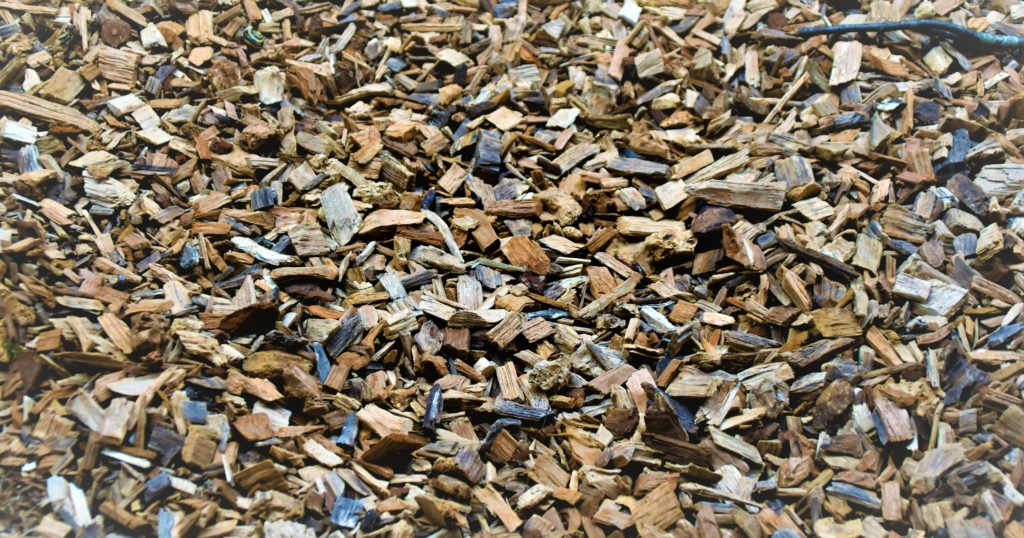
Mulching around your poblano patch is a game-changer: a 2–3-inch layer of straw, shredded leaves, or compost retains soil moisture, suppresses weeds, and regulates temperature swings. I know how wild weeds can choke out young pepper plants and stress them—mulch helps keep that under control!
Beyond moisture management, mulch provides habitat for beneficial ground-nesting bees and predatory insects like ground beetles. A healthy mulch layer supports a balanced garden ecosystem, enhancing natural pollination and pest control.
Fertilize for Fruit Production

Once your plants begin flowering, switch from high-nitrogen feeds to a balanced or slightly phosphorus-heavy fertilizer (for example, a 5-10-10 N-P-K). Too much nitrogen encourages lush foliage at the expense of blossoms and peppers. I’ve seen verdant plants that never flower—such a frustrating sight!
Side-dress with compost tea or apply organic granular fertilizer around the drip line of each plant. Proper nutrition fuels healthy blooms, and vibrant flowers attract more pollinator visits, which in turn increase fruit set and pepper yield.
Harvest at the Right Time
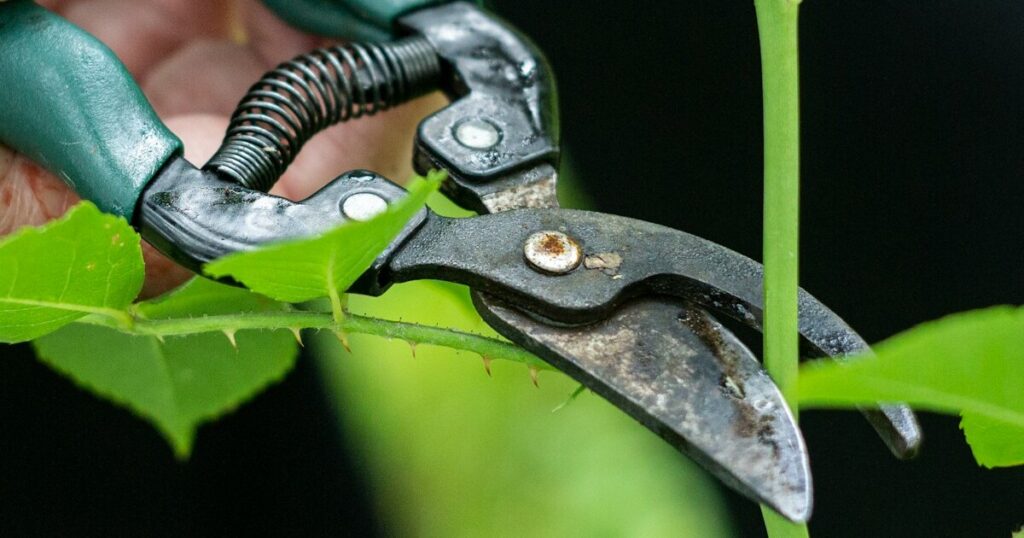
For the classic mild heat and firm texture, pick poblanos when they’re glossy dark green, about 4–6 inches long. If you leave them on the plant, they’ll mature to a rich red and develop sweeter, smokier flavors. Harvesting too early yields underdeveloped pods, while waiting too long risks over-ripe, rubbery skins.
Use clean scissors or pruners to snip peppers, leaving a short stem attached. This precise harvest protects the plant and encourages further flowering. Plus, timely picking clears the way for pollinators—they’re more likely to visit fresh blooms than aging blossoms past their prime!
Monitor Pests and Diseases

It’s such a bummer when aphids or spider mites invade your pepper patch! Poblanos can attract these sap-sucking pests, as well as fungal issues like powdery mildew. Ignoring early signs—sticky honeydew, tiny webbing, or white powder—lets problems escalate and deters bees from landing on stressed plants.
Inspect leaves and stems twice a week, especially under foliage. Introduce beneficials like ladybugs, lacewings, or predatory mites, and treat fungal spots promptly with neem oil or a copper fungicide if needed. Healthy, pest-free plants produce more fragrant flowers—imperative for inviting hungry pollinators!
Ensure Proper Spacing

Crowding pepper plants closer than 18–24 inches restricts airflow, increasing humidity and disease risk. I once crammed six seedlings into a small raised bed and spent the season battling mildew—lesson learned! Tight planting also hides blossoms in foliage, making it harder for bees to find them.
Before setting out transplants, mark spacing with stakes or a simple grid. Adequate room lets roots spread and air move freely, keeping leaves dry and encouraging more prolific flowering. Open, airy beds are also prime real estate for pollinators to navigate between blooms!


